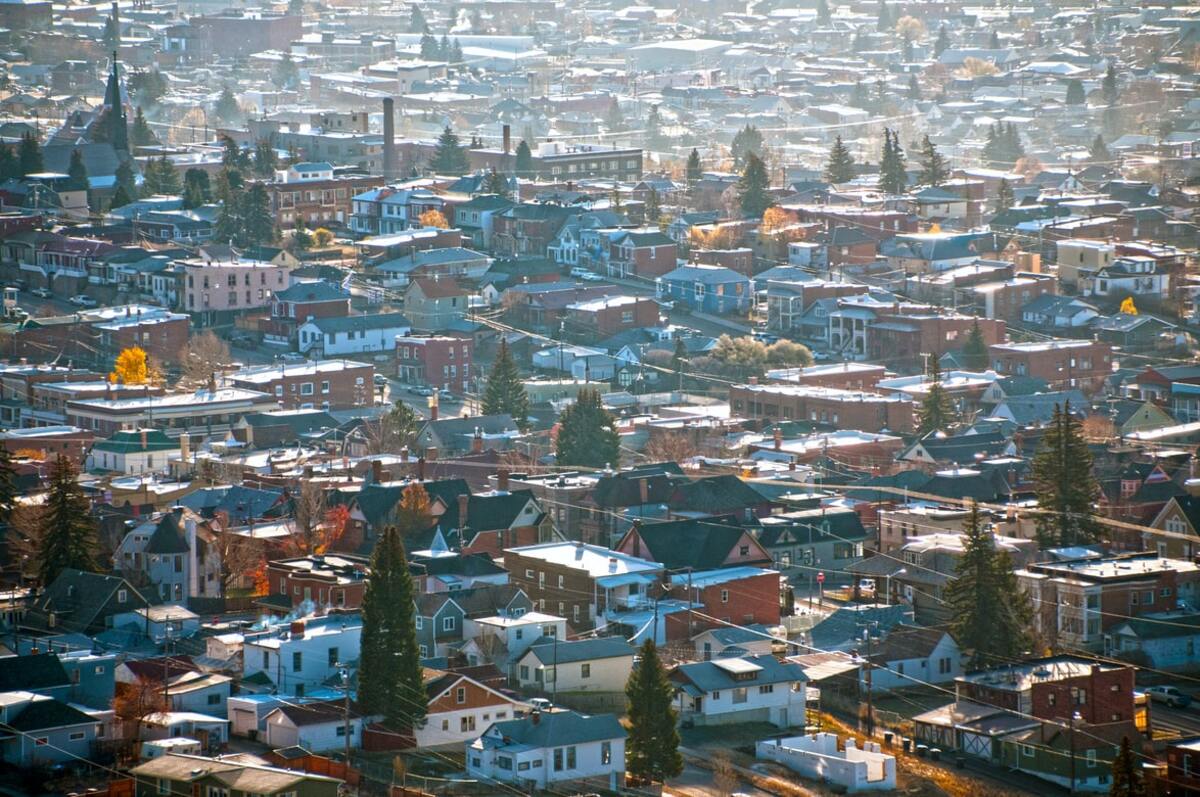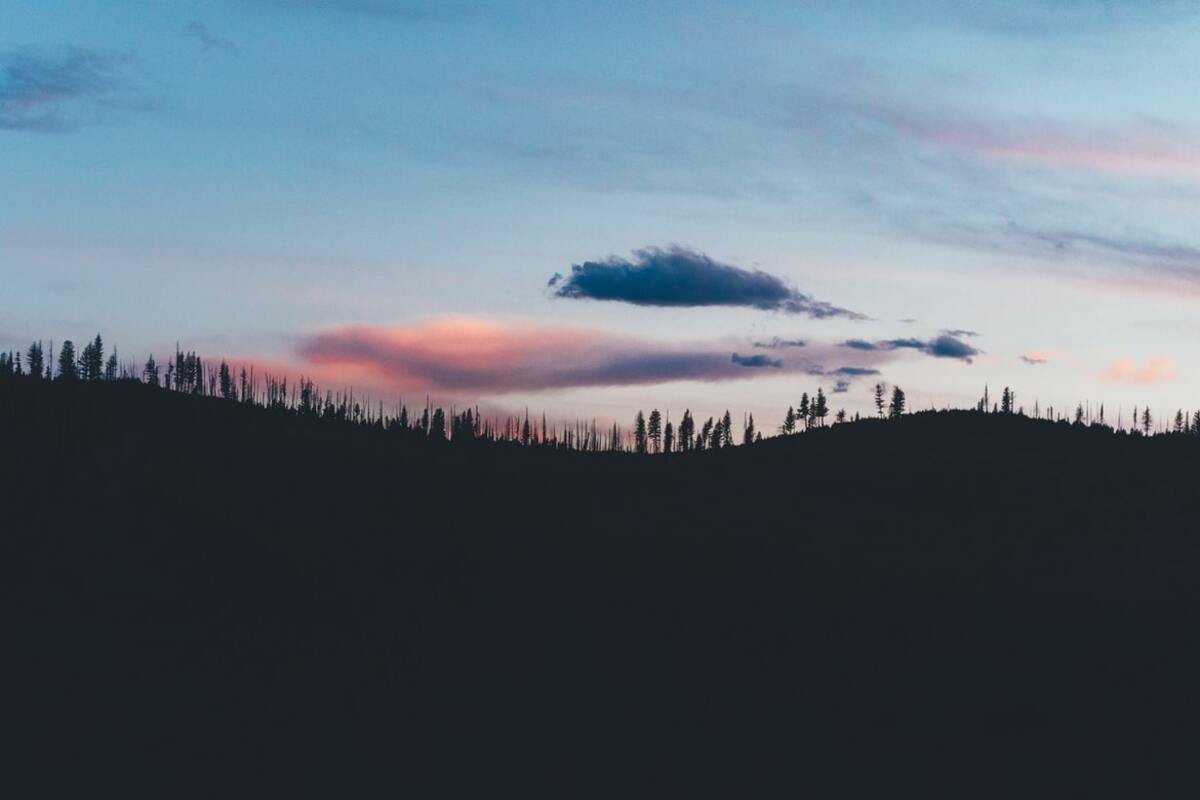Is Montana a good place to live
Before moving to Montana, it is necessary to study pros and cons of living in Montana. It is natural that the state that attracts so many people should have many benefits and it's worth knowing is Montana a good place to live. Undoubtedly, Montana is a unique unspoiled state that differs from other US continental areas. It has always been known for its nickname ‘The Treasure State’ thanks to the huge reserves of different precious mineral resources including gold, sapphire, and silver. Another name of this state is Big Sky Country because beautiful plains open a breath-taking view of the endless sky. Both of these names display the main benefits of the state; however, the benefits are not limited to only these two aspects.
Americans who decide to move to Montana need to decide where to live in Montana, so as not to worry about the safety of their children, quickly get a job, be able to save on utility bills, and find high-quality and affordable housing at the same time.
1. Cost of living
Living in Montana is rather affordable in comparison with other states. Despite the fact that the cost-of-living index is 2.8% higher than the average national index, in most cases, it is cheaper to live in this state than around the rest of the US. The main factor that has increased this index include the prices for houses that are 23% higher than the median home cost in the country and for groceries that are more expensive by 8%. All the other constituent parts of the cost of a living index such as healthcare, transportation, utilities are cheaper than the average in the US. In addition, there is no sales tax here. As of 2023, Montana ranked 30th in terms of the cost of living throughout the country. The average cost of living here, during the same year, was estimated to be $42,310 per year.
2. Home prices
Despite the fact that the median home price in Montana is 23% higher than the average national one, there are many affordable homes for sale. The median housing cost is about $230,000 but you can find many homes in rural areas that are much cheaper. For example, Trulia reports that the most expensive house in Montana cost $652,500 while the average price for homes in Blaine County is only $59,500.
It is also rather affordable to rent an apartment when moving to Montana. You should pay about $850 for a 1-bedroom apartment and a bit more than $900 for a 2-bedroom flat. The cost of utilities is one of the lowest in the US too. As of 2023, the housing cost of Montana can range anywhere between $590 to $1,429 per month.
3. Job market
Montana is the 4th largest state, but the population of a bit over 1 million is spread around all this territory. Consequently, most of the jobs are concentrated in big cities. Of course, if you are ready to work in agriculture or construction, you can live in rural areas. But many people still prefer to live in cities and towns and work in such popular industries as government, education, healthcare etc. In general, the unemployment rate in Montana is about 4.1% and the minimum hourly wage is $8.30. As of 2023, Montana’s unemployment rate fell to 3.1%, meaning it is the second state throughout the country with the lowest jobless rates.
According to Zillow, the highest salaries in Montana are received by healthcare specialists, architects, and engineers.
4. Climate: 4 seasons
Montana’s climate is quite varied because of the large area of the state and the difference in elevation. In general, it is semi-arid continental, but when you appear at the altitude of 13,000 feet, the mountain peaks can remain snowy even in summer.
People living in the eastern part of the state that is predominantly covered with plains and hills can experience four different seasons throughout the year. In winter, the average temperature is 28°F, and in summer – 84.5°F. You can sometimes feel cold winds coming from Canada, while the average yearly precipitation is rather low – only 15 inches. However, this number can double in the western valleys blocked by mountains thanks to the moist Pacific air.
5. Low population density
Montana is the third least populated state in the US. Being the 4th largest state by area, there are only 1.08 million people living there. The average number of people per one square mile is just 7.09. The state has 2.4 people per house compared to the U.S. average of about 2.6. Consequently, there is much pure untouched land and most of the population is cantered in the county seats.
6. Much unspoiled land and beautiful nature
Montana is located in the western part of the US, so its geography is varied and includes mountains and valleys, plains and hills, lakes and rivers etc. Such diversity creates a splendid landscape not spoilt by people, especially in the north and east of the state. The weather and clear skies make all this beauty much more striking and spectacular, so it is not surprising why many tourists want to this state. This is one of the benefits of living in Montana.
7. Low taxes
What makes moving to Montana more exciting? Of course, there are rather low tax rates. The first good news is the absence of a sales tax. When it comes to income tax, the state system is progressive so there is a tax rate range between 1% and 6.9%. The property tax depends on the county you live in, but the average rate is 0.87% – lower than the national average one.
8. Little traffic
Undoubtedly, most of the local population owns a car, as it is not easy to get from one place to another in this big wide-open area. Moreover, if you decide to go anywhere, you may feel lonely on the road as the traffic is almost absent on the highways. Of course, there is public transport and many other vehicles in cities and towns, but still, that traffic cannot be called heavy. In winter, the number of drivers decreases greatly too as roads get slippery and commuting turns out to be an inconvenient experience here.
9. Recreation and outdoor activities
Such a diverse nature opens a variety of possibilities for rest, both active and peaceful one. In addition to several federally recognized sites, the state can boast to be home to “The Crown of the Continent” – Glacier National Park and part of Yellowstone National Park. The flora and fauna are incredibly varied here, while numerous lakes and rivers offer great water recreation opportunities. You can enjoy walking, hiking, climbing, hunting, fishing here. There are several great ski resorts too. It is worth mentioning that there is also a popular attraction called the Garnet Ghost Town as well.
10. Excellent education and healthcare
If you analyse the biggest employers of the three largest cities in Montana, you will see that the bigger number of specialists work in healthcare and education. Both these spheres are developed at a very high level.
With over 144 thousand students studying in the state, there is a rather high graduation rate of 86%. Moreover, there are 16 higher education institutions that offer students one of the lowest tuition fees in the US – it makes Montana a perfect place for studying, especially if to add a rather affordable cost of living to that. No wonder that the biggest percentage of in-migrants in Montana are young people of 18-25 years.
11. Delicious beer
Brewing is one of the most popular spheres in the western states and Montana is not an exception. In general, there are 53 licensed breweries here, but you should not forget that many families take up home brewing as well. According to the Montana Brewers Association (MBA), the annual economic impact of these breweries exceeds $60 million.
12. Unique culture and traditions
Montana is one of the biggest holders of the National American Heritage, especially this is due to American Indians living here. Montana is a source of inspiration for artists, photographers, filmmakers who create their masterpieces in this state.
Being an agricultural state, there are many fairs and holidays connected with a crop as well as rodeos. Many local people prefer to go hunting, fishing, while winter sports are an indispensable part of every local resident’s life.



